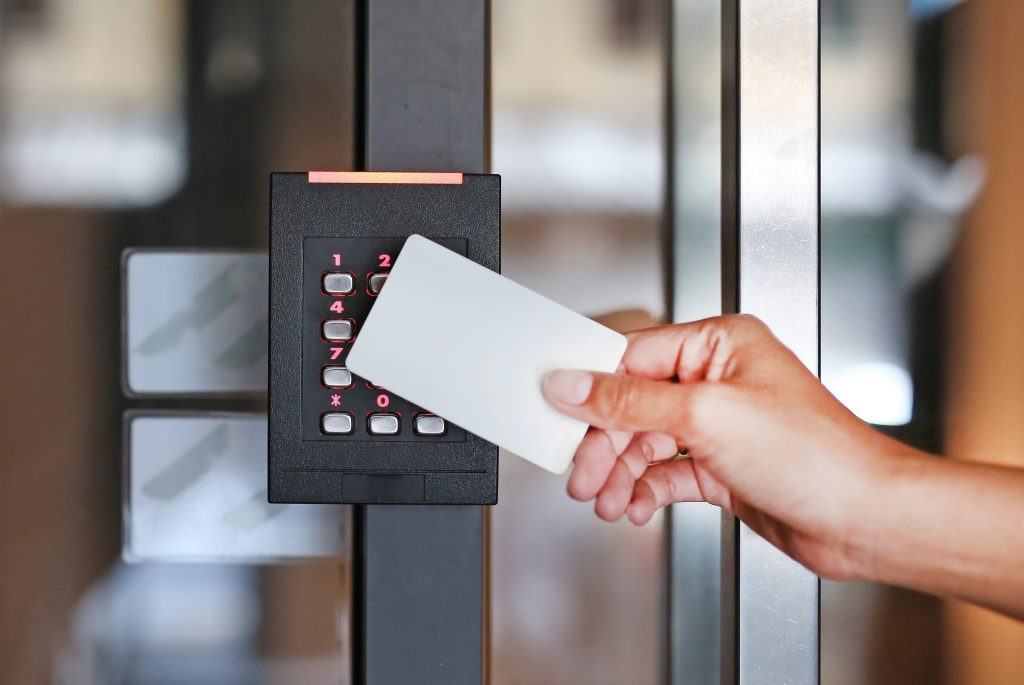
Access control is a vital aspect of security management, encompassing various techniques and technologies to regulate who can access specific resources or areas. Whether it’s a physical location, a digital asset, or sensitive information, access control ensures that only authorized individuals or systems can gain entry or use.
Types of Access Control:
Physical Access Control: This involves measures like locks, keys, and security personnel to limit access to physical spaces such as buildings, rooms, or facilities.
Logical Access Control: Involves restricting access to computer systems and data. This can include passwords, biometric authentication, and encryption.
Benefits of Access Control:
Security: Prevent unauthorized access to sensitive areas or information, reducing the risk of theft, vandalism, or data breaches.
Safety: Ensure that only trained and authorized personnel can access hazardous areas, reducing the risk of accidents or injuries.
Compliance: Meet regulatory requirements by implementing access control measures to protect sensitive data or ensure the safety of individuals.
Convenience: Streamline access for authorized individuals, reducing the need for physical keys or manual authentication processes.
Access Control Technologies:
Biometric Access Control: Uses unique biological traits such as fingerprints, facial recognition, or iris scans to verify identity.
Card Access Control: Requires users to present a card or key fob to gain entry, commonly used in office buildings and secure facilities.
Access Control Lists (ACLs): Utilized in computer networks to define which users or systems have access to specific resources.
Best Practices for Access Control:
Least Privilege: Grant users the minimum level of access necessary to perform their job functions, reducing the risk of unauthorized access.
Regular Audits: Conduct regular audits of access control measures to ensure they are effective and up to date.
Education and Training: Provide training to employees on the importance of access control and best practices for maintaining security.
In conclusion, access control is a critical component of any comprehensive security strategy. By implementing the right measures and technologies, organizations can protect their assets, ensure the safety of individuals, and comply with regulatory requirements.
__PRESENT



